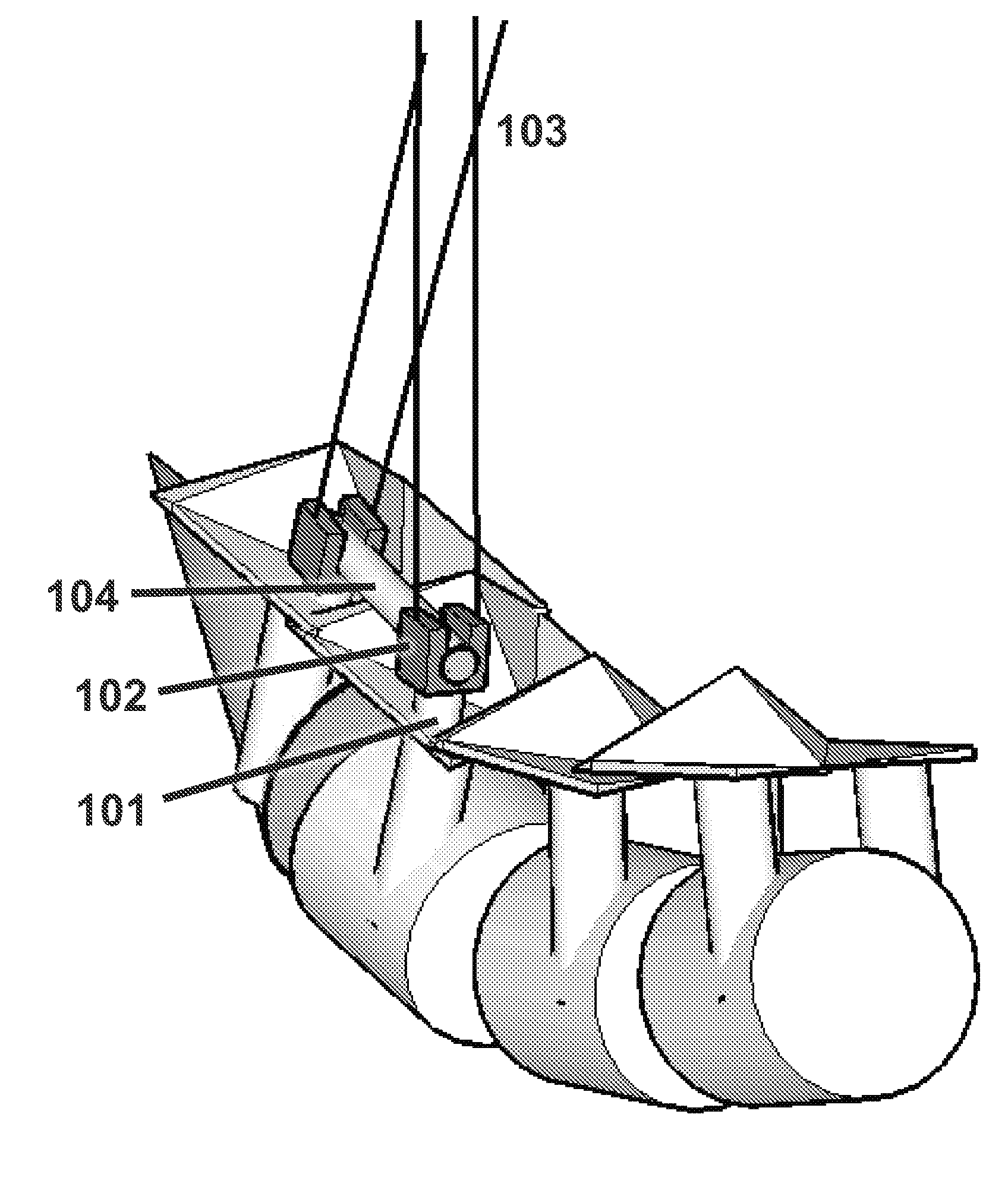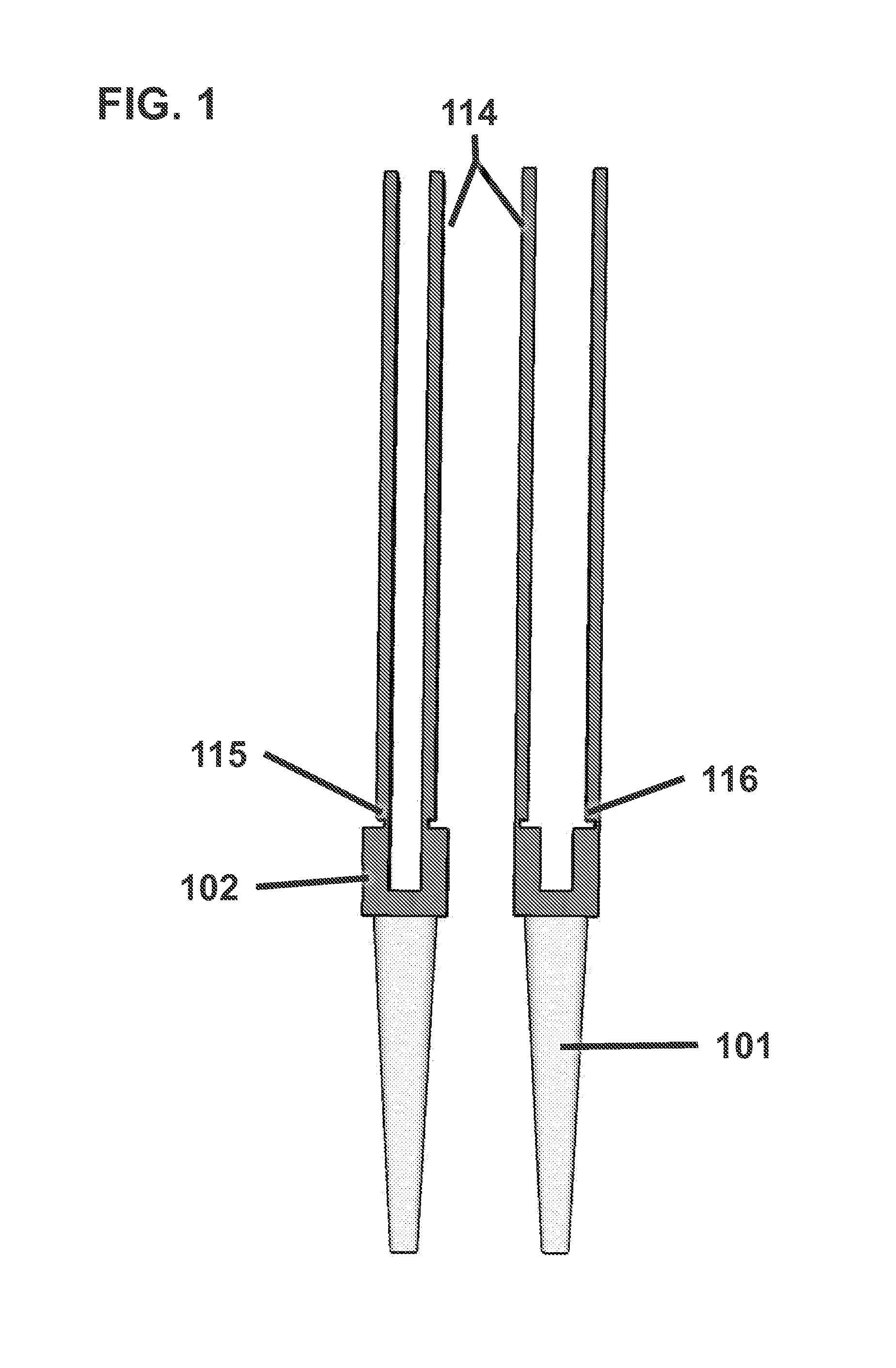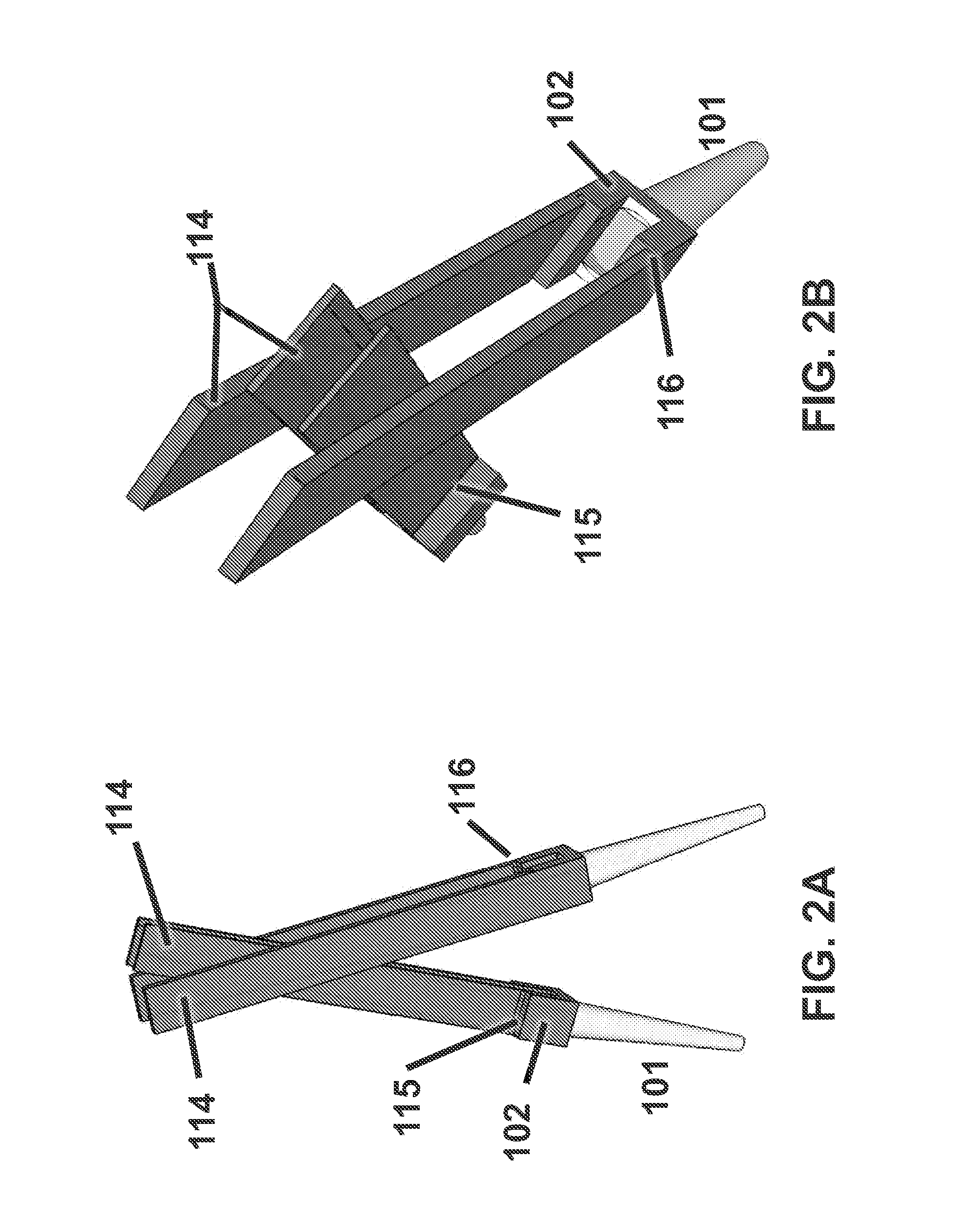Systems and methods for pedicle screw stabilization of spinal vertebrae
a technology of spinal vertebrae and pedicle screws, which is applied in the field of systems and methods for bone fixation, can solve the problems of loss of natural lordotic curvature, fracture of facet or pars interarticularis (pars), and injuring all 3 columns of vertebrae, and achieves a greater volume and diversity of spaces, and the effect of reducing the risk of fractur
- Summary
- Abstract
- Description
- Claims
- Application Information
AI Technical Summary
Benefits of technology
Problems solved by technology
Method used
Image
Examples
Embodiment Construction
[0103]Embodiments of the invention involve improved systems, apparatuses and methods for guiding one or more screws, rods, and locking assemblies down to the vertebrae and for securing the rod to stabilize the vertebrae. Screws may include pedicle screws as shown in the figures and as described in the patents and publications incorporated by reference herein, and with reference to FIG. 1 may include a threaded bone engaging shaft 101 and a screw head 102. The threaded shaft 101 may be relatively moveable to different angles relative to the screw head 102. For example, a proximal end of the threaded shaft may include a spherical or semi-spherical head that engages a similarly-shaped seat in a lower portion of the screw head 102. The screw head 102 has generally a U-shape, as shown in FIG. 1, defining upwardly extending arms that form a channel for receiving a rod 104. The rod may either sit on the head of the threaded shaft 101, or may sit on an insert placed in the screw head 102 fo...
PUM
| Property | Measurement | Unit |
|---|---|---|
| length | aaaaa | aaaaa |
| length | aaaaa | aaaaa |
| length | aaaaa | aaaaa |
Abstract
Description
Claims
Application Information
 Login to View More
Login to View More - R&D
- Intellectual Property
- Life Sciences
- Materials
- Tech Scout
- Unparalleled Data Quality
- Higher Quality Content
- 60% Fewer Hallucinations
Browse by: Latest US Patents, China's latest patents, Technical Efficacy Thesaurus, Application Domain, Technology Topic, Popular Technical Reports.
© 2025 PatSnap. All rights reserved.Legal|Privacy policy|Modern Slavery Act Transparency Statement|Sitemap|About US| Contact US: help@patsnap.com



